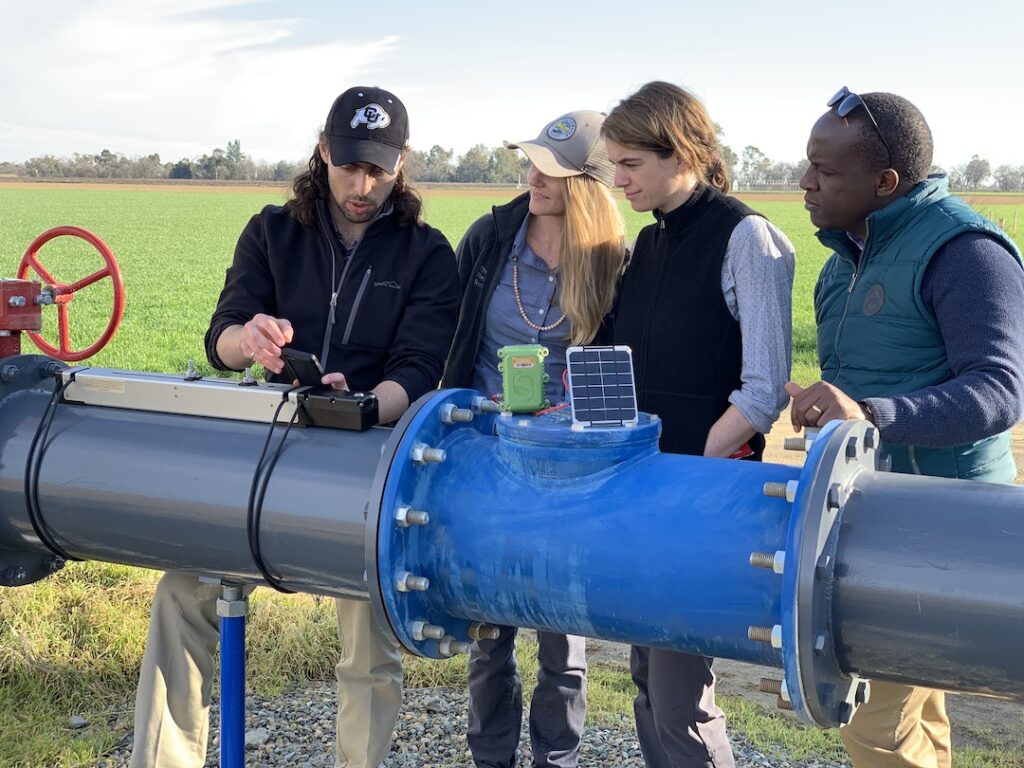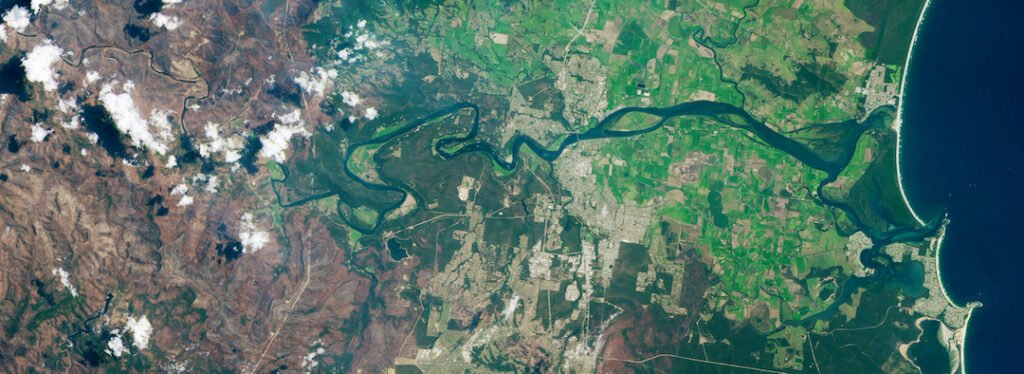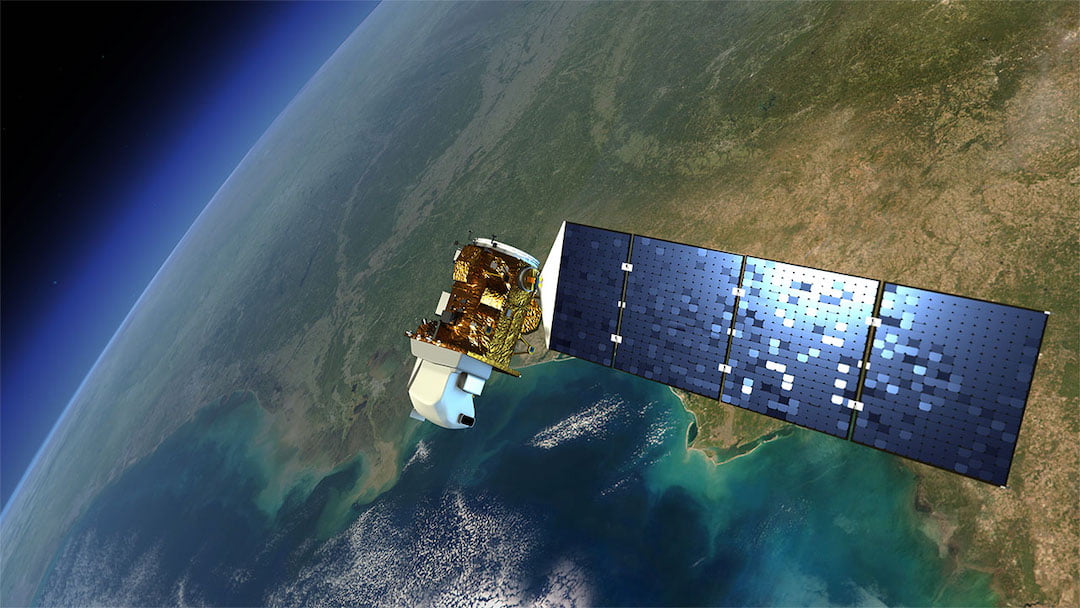As climate change and an ever-growing population put increasing pressure on agriculture and food production, a new report has revealed billion-dollar opportunities will soon super-charge tech adoption for farmers, fishers and foresters in the next five to ten years.
The report, commissioned by AgriFutures Australia, is promoting awareness to producers of the potential uses of the available space technologies, as well as forecasting what “space tech” they can look forward to in the next decade.
The Australian National University (ANU) study, “Space-based technologies – opportunities for the rural sector” shows by improving geolocation, Australian agriculture stands to benefit by $2.2 billion over a 30-year period.
The report also shows that satellite connectivity has the potential to add $15.6 billion to gross value of production across agriculture, fisheries and forestry industries each year.
And while these figures are impressive, it’s important to note that space tech is already being utilised by producers who are using satellite imaging, low bandwidth sensors, GPS tracking, autosteer, paddock level imagery and weather forecasting.

Expanding into the rural sector
While space tech has traditionally been used by the mining and defence sectors, AgriFutures Australia Senior Manager, Rural Futures, Jennifer Medway says we are only on the cusp of unlocking opportunities for the rural sector.
“It’s exciting. The farmer of the future will have space technology fully integrated into their everyday production systems and decision making. For instance, dashboards will enable farmers to remotely manage manual processes, and interoperable data systems will radically shift the way on-farm decisions are made,” Jennifer says.
“All this is made possible through space technology, which has the potential to revolutionise the working day of tomorrow’s farmers.”
AgriFutures is connecting farmers with tech developers, researchers and the Australian Space Agency via its evokeAG digital platform, which will help to accelerate the development of space technologies for agriculture.
There’s also the SmartSat Cooperative Research Centre, which is investing in a $245 million research program in advanced telecommunications, intelligent satellite systems, Earth observation and remote sensing analytics.
Jennifer Medway says the Australian Space Agency has a mandate to triple the size of the domestic space industry by 2030.
“Agriculture’s time is now. To stay competitive and continue to up the ante on increasing productivity and sustainability, we need to look to fixes ‘outside the square’. Space technology is one of those fixes,” Jennifer says.
According to Martin Amidy, Centre for Entrepreneurial Agri-Technology, Industry Engagement Senior Manager, an Australian farmer’s ability to manage multiple tasks by the click of a button is now a reality.
“In addition to the report, easily digestible fact sheets summarise available space technologies and their impact for livestock farming and broadacre cropping, to fishing and forestry, as well as more intensive farming systems like horticulture and dairy,” Martin says.
“It is important to emphasise the opportunity space technology presents, but it is equally important to arm producers with practical information on how to implement it and the return on investment they can get from adopting these technologies.”

Global perspective at the touch of a button
The report also highlights what’s happening on a global scale and consolidates the technologies and applications suitable for Australia. The report shows that there are three main components in addressing challenges for rural industries: remote sensing, connectivity and geolocation, as well as the barriers to adoption.
According to Jennifer Medway, the next crucial steps will involve collaboration between rural industries and tech companies to help both sectors understand ways to maximise space-tech opportunities.
“The space landscape is fast paced. Space companies and tech developers are in our sights and we need further discussions to explore how technology can be applied to solve agricultural challenges,” Jennifer says.
“While the research focuses on benefits to agriculture over a five – ten year horizon, some of the changes relating to space tech are imminent. We also need to accept that the horizon is getting closer as technology use is exponentially growing.”
“We need to challenge our thinking and look at the scalability of the technology already in use.”
And, while big game changing technologies already exist, in many cases we are not linking it to space. According to Jennifer Medway the interconnectivity between countries and space is expanding what we can do on a global scale. She believes Australian agriculture needs to change its mindset to capitalise on the technologies that are here now.
“Application of technologies to view land and sea (remote sensing), technologies focused on location (geolocation) and technologies to connect (connectivity) have the potential to revolutionise the working day of tomorrow’s farmers,” Jennifer says.
“Across the board, these technologies will increase the productivity, sustainability and profitability of the agricultural sector.”

Fast facts about space tech
– The large-scale nature of extensive livestock farming and broadacre cropping in Australia lends well to space-based remote sensing due to satellite speed when scanning large areas.
– More intensive farming systems – including horticulture and dairy – can be better served by drones or in-field technologies.
– Earth and marine observing (including satellites, drones and sensors) had an estimated value to agriculture, fisheries and forestry in the Asia-Pacific region of $37 billion in 20194.
– Improvements to geolocation could benefit agriculture by $2.2 billion over a 30-year period5.
– Satellite connectivity will assist in furthering the application of internet-enabled technologies, with such technologies having the potential to add $15.6 billion to gross value of production in agriculture, fisheries and forestry industries each year.
Looking for more interesting ways farmers are embracing technology in their practises?
Australian smart farms: a $22 billion opportunity

